What Are Amazon Online Arbitrage Leads?
Online arbitrage leads are specific product suggestions that can be bought at a low price and sold at a higher price on Amazon. The leads are checked against various criteria, such as sales rank, profitability, ROI, competition, number of reviews/ratings, etc. Amazon OA leads are usually compiled in a sourcing list, which can be bought from certain companies and service providers. Sellers can also compile the leads themselves by manual sourcing or using sourcing tools and software. They can also hire virtual assistants to source the leads.
The Importance of Proper Lead Assessment in Online Arbitrage
Sellers can use various sourcing methods like purchasing leads lists, using sourcing software, manual sourcing, or hiring a VA to get a daily flow of fresh online arbitrage leads. However, after compiling a list of leads, sellers must carefully assess each lead and decide whether it’s worth purchasing. The way you go about assessing leads can make or break your business, so it’s an important part of your journey as an Amazon seller.
Why Thoroughly Assessing Leads is Crucial
When deciding whether a lead is worth purchasing, proper assessment of the lead is crucial because the results of this repetitive decision-making process have a significant impact on your business in the midterm. So, you must get a good grip on the decision-making and lead assessment processes, and prioritize the metrics that are most important for the success of your business.
While pre-prepared OA leads are usually compiled using various tools and thorough research, assessing leads and making sure they match your goals is a necessary step that you should take before purchasing them.
The Role of Data in Evaluating Leads

We’ve all heard about “data-driven decision-making” before. Using data for decision-making is especially important for online arbitrage sellers because personal intuition-based decision-making does not work on Amazon. As an online arbitrage seller, you may find yourself dealing with decision-making dilemmas every day, but using data can minimize the risk of your decisions and put your business in the right direction.
By using data for evaluating OA leads, you can make informed decisions about the product you are considering selling, plan your inventory to avoid unsold items and assess your risk. To gather enough data about a lead, you must have software tools for analyzing essential metrics such as monthly sales, competition, and sales rank. Some of the best OA tools for evaluating leads include Keepa, InventoryLab, RevSeller, CamelCamelCamel, and other similar tools.
Understanding Key Metrics and Indicators
Evaluating the leads by knowing the key metrics and indicators can be easy. The essential factors you should keep in mind when assessing leads include the following:
- ROI (return on investment)
- Profit margin
- BSR (best sellers rank)
- Estimated monthly sales
- Price history
- Number of competitors and their in-stock levels
- Buy Box eligibility
- Number of reviews and trend
- IP complaint
What OA Leads Are Risky?
Risky OA leads carry a higher degree of risk for the seller. These leads can lead to losses, unsold inventory, or other issues. Here are some of the characteristics of risky OA leads:
Insufficient Profit Margin
Leads with insufficient profit margins are considered risky because even a tiny change in costs or selling price can lead to losses. It’s best to always consider the safety factor for profit margins to minimize loss.
Unstable Low BSR

BSR, or Best Sellers Rank, is an Amazon metric that measures the selling rank of ASINs in their relevant categories. You can use this metric to analyze the demand and ensure the product sells quickly. To assess the Amazon BSR for a lead, you can use tools like Keepa to analyze the historical sales rank. Just make sure you know how to use Keepa before analyzing leads with it.
By analyzing the historical sales rank, you’ll find out if a good BSR is just a temporary spike and unreliable, or if the lead has always been in demand (a stable BSR). If the lead is experiencing a sudden spike in sales rank, you have to analyze its monthly sales to make sure it’s going to sell quickly. Otherwise, you’ll be left with unsold inventory and tied-up capital.
Review Count Trend

The review count trend on a product can show you how well it has been selling. The general idea is that a product that sells well gets reviews, while a product that’s not getting reviews is probably not getting any sales either. Therefore, this is a good metric to assess how well or how stable a product is selling.
High Competition

When analyzing competition, you must consider the number of competitors in your price range and their in-stock level. Combining the competitors’ in-stock level and the lead’s monthly sales can help you estimate the product’s risk. A high number of competitors and a high in-stock number increases the lead’s risk. Usually, leads that have >15 sellers and >1 number of in-stock items/sales (in the same price range) are considered risky.
Inconsistent Price History
Imagine you find a profitable lead and purchase it, but when it takes the product to reach a fulfillment center, its price suddenly drops, and your profit turns into a loss. To avoid such cases, you should analyze the price history graph for OA leads using tools like Keepa. Beware of sudden spikes or drops in the leads’ price history.
IP Compliant
Intellectual Property (IP) complaints happen when sellers who are not authorized distributors offer a certain brand’s product. If a seller receives too many IP complaints Amazon, their account may get suspended, so it’s important to know how to decide about leads that have a high chance of receiving IP complaints. Using tools like IP Alert, you can find out which leads have had previous IP complaints. These leads are usually considered risky, especially if the complaints were recent.
Low Customer Ratings
A low customer rating usually means higher return rates. Customers who gave a low rating to the product were not satisfied with it, which means your potential buyers will not be satisfied either. This can lead to high return rates, affecting profits and causing logistical challenges.
Leads Involving Seasonal or Trending Products
The success and profitability of seasonal or trending products often depend on timing. You must list these products at the right time to avoid missing the peak selling period, resulting in slow sales and unsold inventory. Check the product’s monthly sales during last year’s related event or holiday to see how it performs.
Unreliable Source
Reliability of the supplier – or the source – of the lead is critical in online arbitrage. If the source provides counterfeit/fake products, does not deliver on time, or delivers a damaged product, there will be a higher return rate and customer dissatisfaction.
Products with Short Shelf Life or Expiration Dates
Before purchasing, you must check the lead’s shelf life or expiration date. You will be left with unsold inventory if the product doesn’t sell before expiration. In addition, Amazon has strict rules about selling items close to their expiration dates and failing to comply with these rules can lead to account suspension.
Products Requiring Special Storage or Handling
Special storage or handling often means higher costs. This could include refrigeration for perishable goods, special packaging for fragile items, or secure storage for valuable items. This could lead to shipping challenges and an increased risk of returns or damages.
Should You Ignore a Lead If It Is Flagged as Risky?
So, what should you do if you encounter a risky lead? Usually, sellers avoid these leads, but you should consider the risk and reward balance. A lead may be risky, but it might be worth considering if the potential reward is high enough. Here’s how you should deal with risky leads:
Consider All Factors
Sellers usually consider various factors when making a decision about purchasing OA leads. For example, one lead may seem risky because it has high competition, but it’s so in demand that you can join the competitors and sell your inventory fast. So, if you’re doubtful about purchasing a lead because you consider it risky, it’s important to consider other factors as well, such as profit margin, monthly sales, sales rank, review trend, etc.
Risk vs. Reward
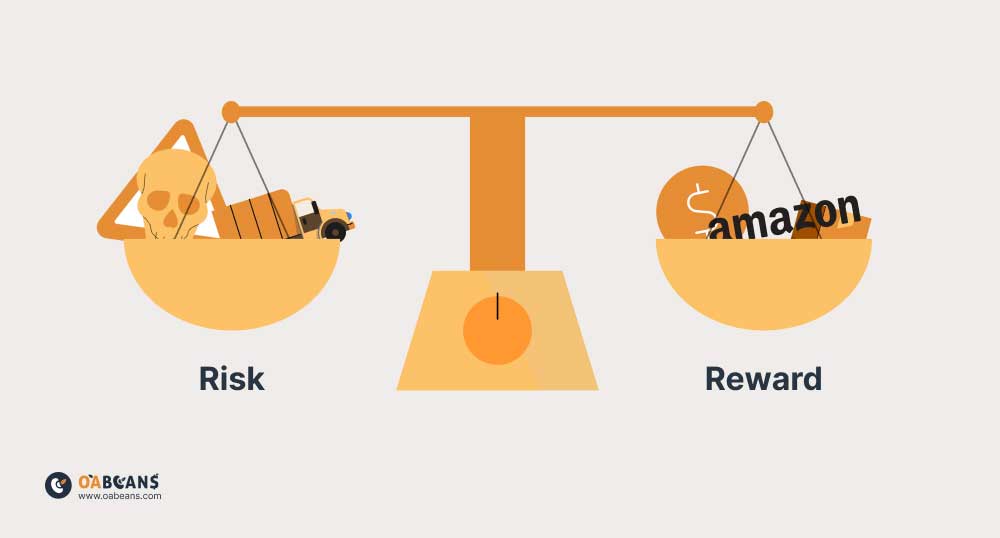
Risk vs. reward means that if the product is risky but has a high-profit margin or ROI, you can consider purchasing it. Sometimes, higher-risk OA leads can lead to greater profits. Finding the balance between risk and reward can be achieved through experience and trying different strategies, so keep adjusting your strategy and metrics to find a perfect balance.
Consider Your Risk Tolerance
Risk tolerance refers to the degree of risk you are willing to accept regarding your products. To measure your risk tolerance, you must reflect on your comfort level. How do you feel about losing money? Evaluate your financial situation, business goals, and experience. Additionally, consider how long you’re willing to wait for a return on your investment. As you gain more experience in online arbitrage, you’ll better assess leads and determine if the risk is worth it.
Monitor and Learn
After making a decision about risky leads – whether you choose to purchase them or not – you must continuously monitor their performance to learn from previous decisions and use this knowledge in the future.
Strategies for Minimizing Risks When Buying Arbitrage Leads
If you evaluate yourself and find out you have a low-risk tolerance, don’t worry! There are some strategies you can use to minimize risks when buying OA leads, such as:
Diversifying Your Portfolio of Leads
By diversifying your lead portfolio, you will spread your investments across various products or categories, reducing the impact if one of your products fails to perform as expected. Remember that while diversification can help manage risks, you must perform due diligence on each lead to ensure viability.
Regular Monitoring of Lead Performance
By regularly monitoring lead performance, you can keep yourself informed and make data-driven decisions. To do this, you must keep a close eye on sales velocity and analyze the lead’s performance to see how much profit it yields in the end.
Final Thoughts
Online arbitrage leads can offer attractive opportunities for profit on platforms like Amazon. Still, they inherently come with various forms of risk, such as fluctuations in the selling price. Higher-risk OA leads can sometimes offer higher potential rewards but pose a greater chance of loss. When approaching risky leads, sellers should evaluate their business strategy and risk tolerance and balance risk and reward.
While risky leads are a part of any online arbitrage business, they can be managed and mitigated through careful research, data-driven decision-making, and practical strategies.


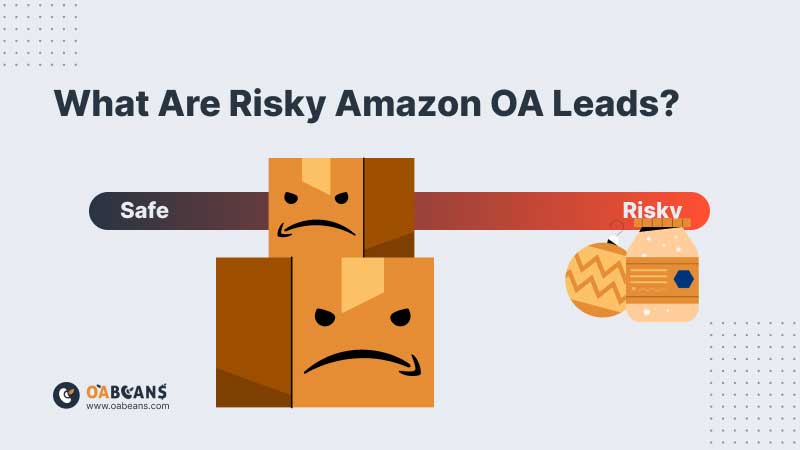
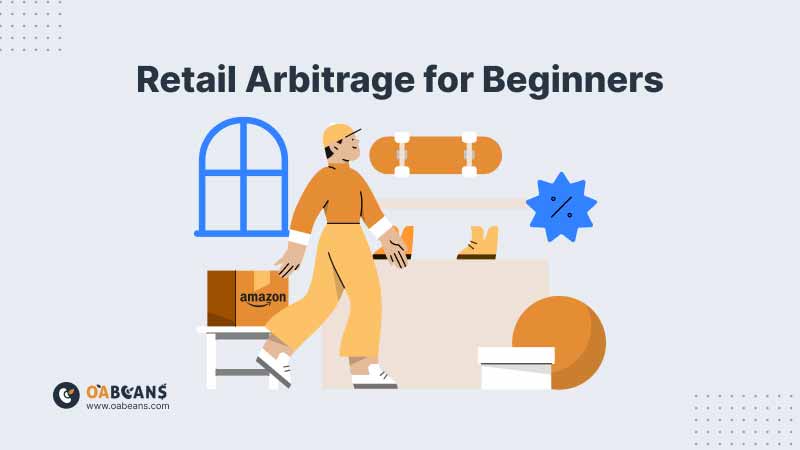
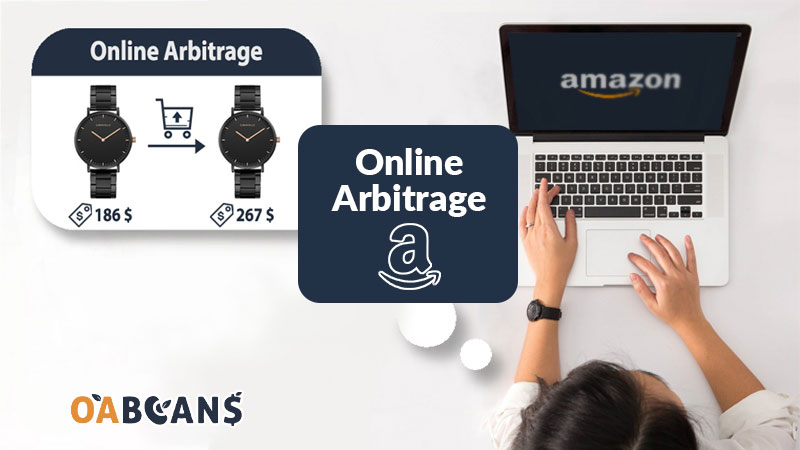
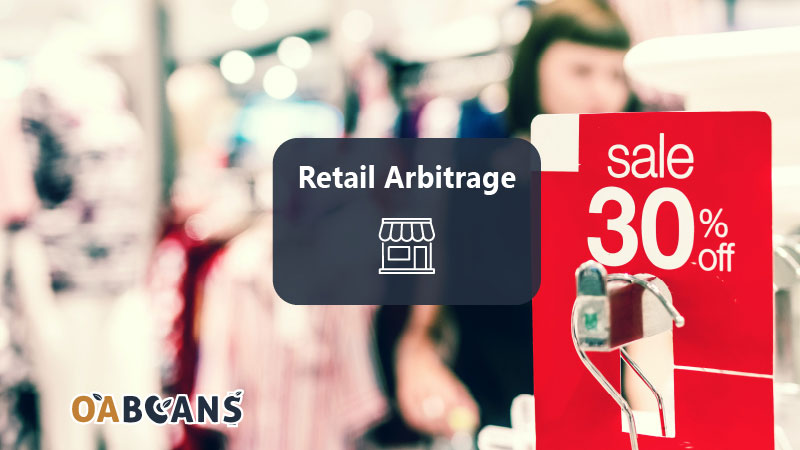
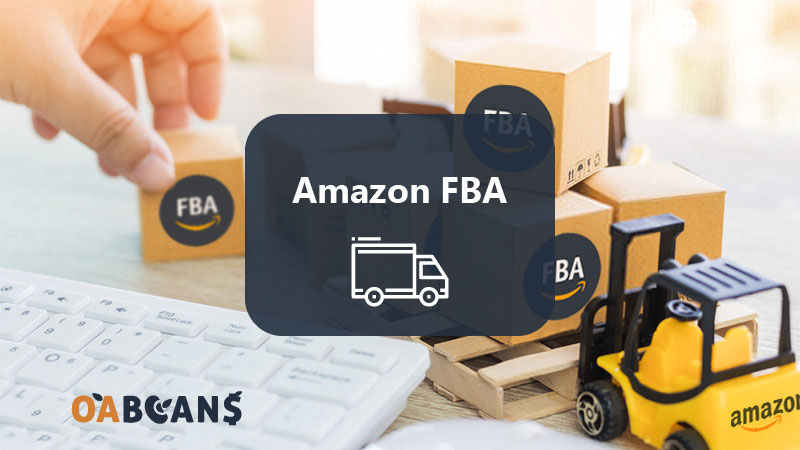





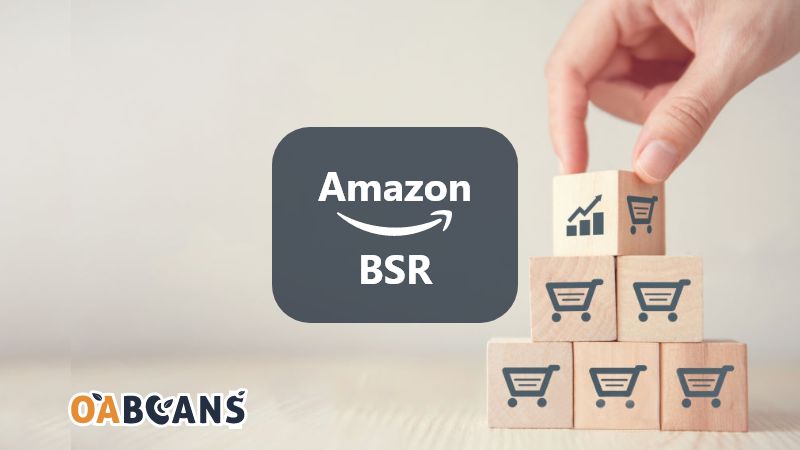
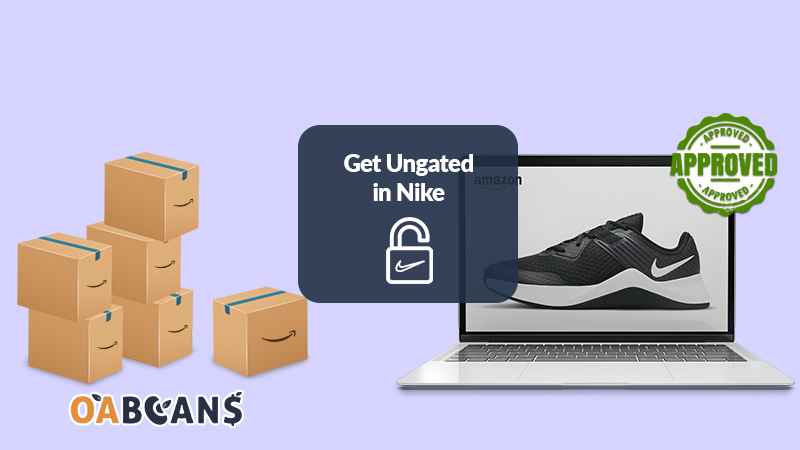
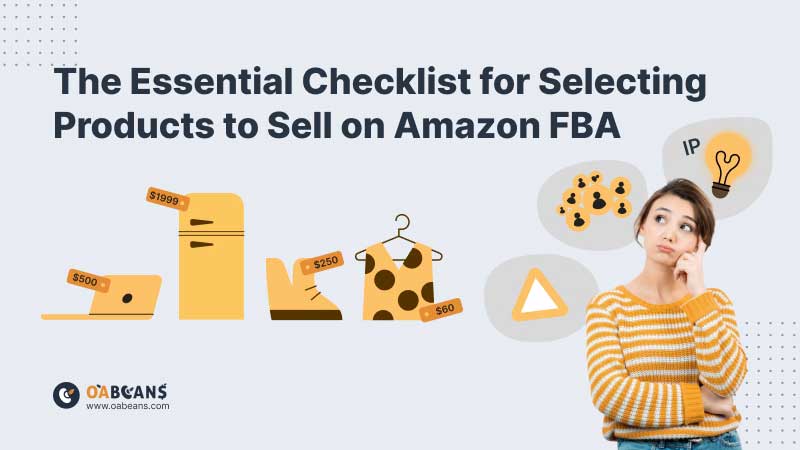


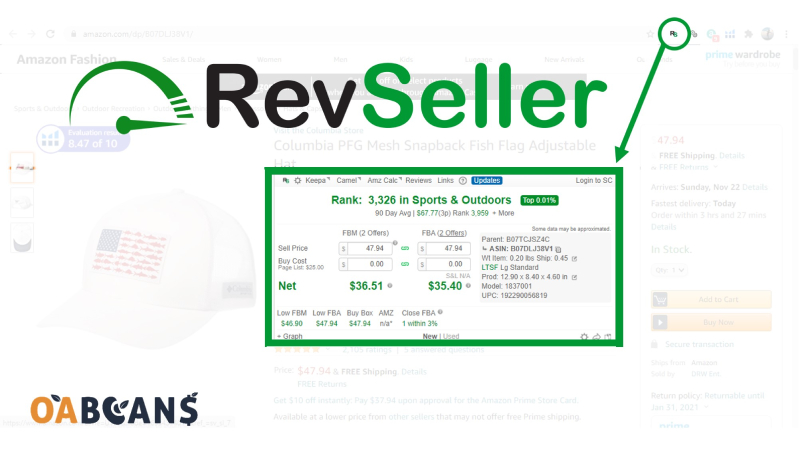




11 replies on “Dealing with Uncertainty: A Seller’s Guide to Risky Amazon OA Leads”
With Amazon’s extensive product catalog and global reach, online arbitrage opens up countless opportunities to find profitable products and connect with buyers worldwide.
Online arbitrage on Amazon enables you to build relationships with suppliers and wholesalers, securing reliable sources for profitable products.
The FBA program provides access to Amazon’s discounted shipping rates, saving you money on shipping costs and improving your profit margins.
Retail arbitrage on Amazon allows you to establish your brand presence, building a reputation for offering high-quality products at competitive prices.
With Amazon’s comprehensive analytics and reporting tools, retail arbitrage sellers can track their sales performance, monitor profitability, and make data-driven decisions.
The excitement of finding a highly discounted item and seeing the potential profit margin when reselling it on Amazon is a rewarding experience.
The Amazon marketplace offers a seamless shopping experience for buyers, increasing the likelihood of repeat purchases from resellers.
With Amazon’s secure payment system and reliable customer service, resellers can conduct transactions with confidence and peace of mind.
Selling through Amazon’s platform provides online arbitrage sellers with a level playing field, where success is determined by product quality and customer experience.
The Amazon FBA program provides sellers with access to Amazon’s world-class customer service, ensuring a positive experience for both buyers and sellers.
With Amazon FBA, you have the flexibility to sell in multiple product categories, allowing you to diversify your offerings and explore different market opportunities.